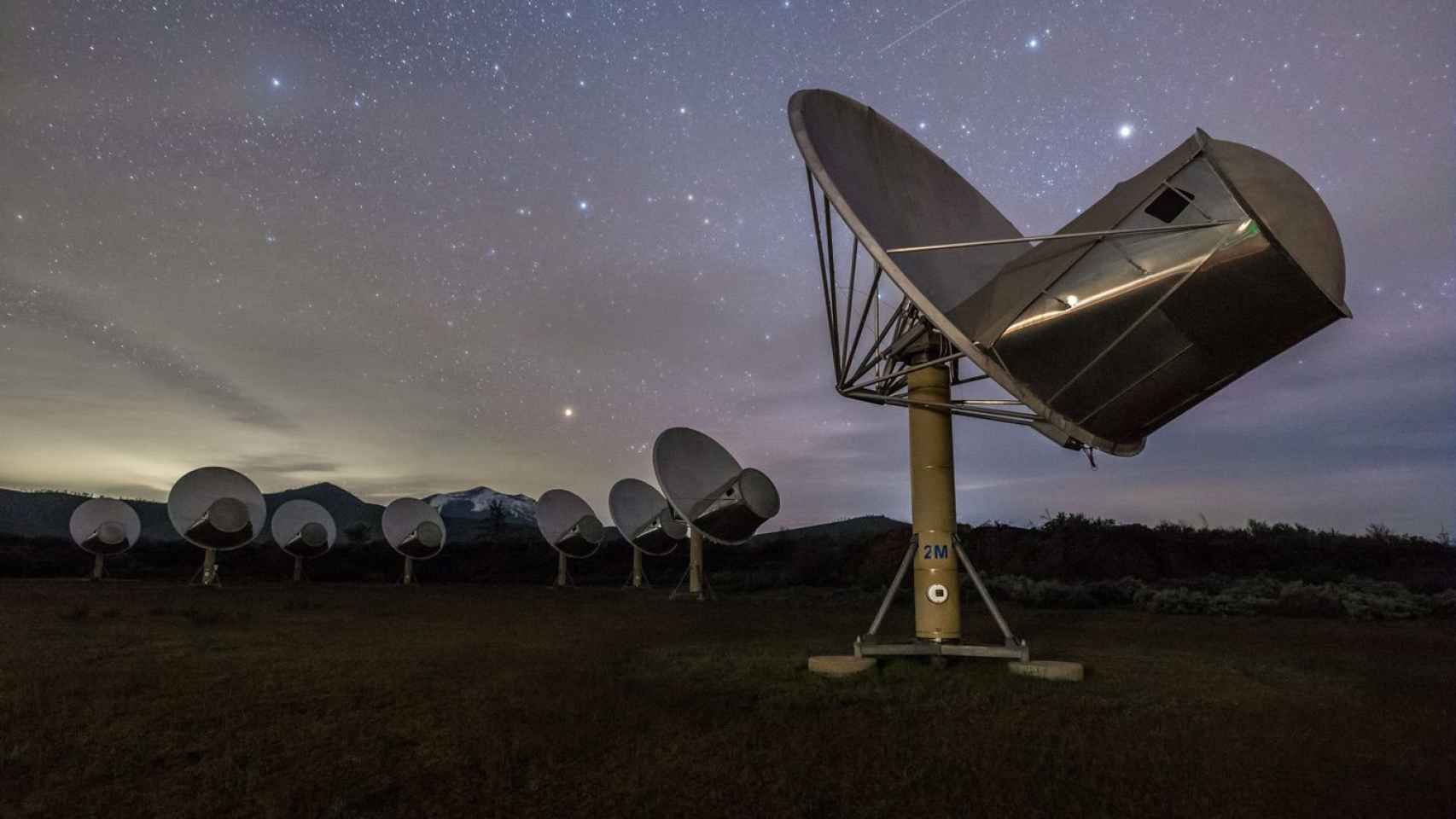A telescope searching for extraterrestrial intelligence detected a “cosmic whistle” that lasted for days

Having become accustomed to the most amazing images and recent space discoveries coming from James Webb’s technology, it is easy to forget that there are other telescopes working to explore and understand the mysteries of deep space that have not yet been solved. And so a research team Discover a strange phenomenon coming from outside the Milky Way Galaxy.
For 541 hours, or nearly 23 days, this team of researchers analyzed 35 detected radiation bursts, which revealed amazing behavior that astronomers had never seen before. “This work is exciting because it provides confirmation of… Known properties of fast radio bursts, in addition to discovering some new properties“Explains the study’s lead author, Sophia Shaikh.
Astronomy scientists The SETI Institute has observed 35 explosions from deep space Which allowed us for about a month to study one of the most mysterious phenomena that is still far from the astronomical community. By observing through a telescope aimed at finding extraterrestrial intelligence, they discovered new properties of so-called fast radio bursts.
Cosmic whistle
FRBs are powerful bursts of light that last only a few milliseconds and come from outside the Milky Way. These lights are so powerful that they can produce as much energy in a few seconds as the sun produces in a year. They are phenomena surrounded by mystery They are thought to come from powerful objects outside the Milky Way Such as magnetars or neutron stars with intense magnetic fields. Another possibility is that they are part of the aftermath of catastrophic events such as stellar collisions or the collapse of those neutron stars that eventually end up forming black holes.
One of their distinctive characteristics is the frequency of their occurrence, meaning that some of them may be repeated with flashes emerging from the same point in the sky in a series, but most of them explode once and then disappear. In this case, the pattern was very interesting to scientists.
Fast radio bursts
Radioactive bursts, classified as FRB 20220912A, repeated for several days, but ended up reducing its frequency and turning into a quieter beeping sound, behavior that astronomers had never seen before. in Notice, It is described as an unexpected cosmic whistle. They were unable to detect a clear pattern, the exact duration of the explosions, or the separation between them, indicating that they are unpredictable phenomena.
The research results were published in the Journal of the Royal Astronomical Society and can be read online on the scientific portal arXiv
ATA telescope
To capture this phenomenon, the research team used the SETI Institute’s Allen Telescope Array (ATA) technology. This instrument It was designed to search for radio signals that would reflect the presence of possible extraterrestrial intelligence.
This is the first time the telescope has helped study fast radio bursts. “This work shows that new telescopes with unique capabilities, like the ATA, can provide a new angle on outstanding scientific mysteries like the FRB,” said Sophia Shaikh, lead author of the study.
Released in 2007, It consists of 350 antennas In a wide area of San Francisco, California. Its strengths are a large field of view, simultaneous coverage of all frequencies between 0.5 and 11.2 GHz, multiple simultaneous outputs, and active interference mitigation.




